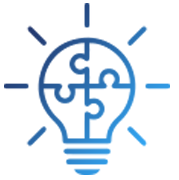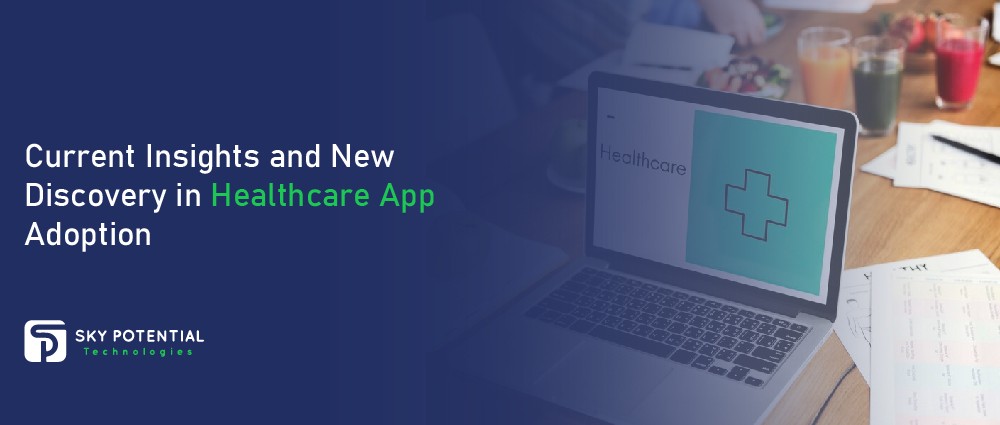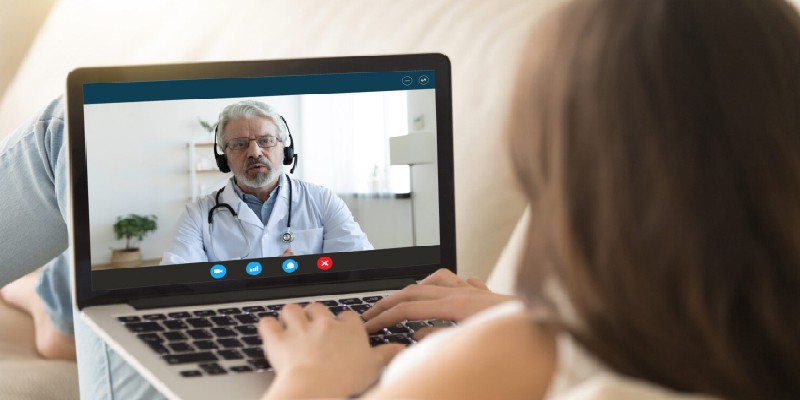- AI

Artificial Intelligence

Smart Products & Services
We follow Smart Products & Services

Intelligent Business Functions & Processes
We follow Intelligent Business Functions & Processes

Robotic Process Automation
We follow Robotic Process Automation

Personalized
healthcareWe follow Personalized healthcare

Identifying at-risk patients
We follow Identifying at-risk patients

Optimized routing and scheduling
We follow Optimized routing and scheduling
- ML

Machine Learning

Predictive
AnalyticsWe follow Predictive Analytics

Service Personalization
We follow Service Personalization

NLP
We follow NLP (Natural Language Processing)

Stock Market Forecasting
We follow Stock Market Forecasting

Fraud Prevention
We follow Fraud Prevention

Recommender engines
We follow Recommender engines
- blockchain
- IOT

Internet of Things
- AR
- Business Solutions

Business Solution

Business Performance Management
We follow Business Performance Management

Decision Making & Big Data Analytics
We follow Decision Making & Big Data Analytics

Enterprise Data Management
We follow Enterprise Data Management
- Apps

Apps

Native Apps
We follow Native Apps

Cross Platform Apps
We follow Cross Platform Apps

Web Apps
We follow Web Apps

Hybrid Apps
We follow Hybrid Apps

Cloud Native Apps
We follow Cloud Native Apps
- Lab

Current Insights and New Discovery in Healthcare App Adoption
Health apps and patient-centric healthcare apps for adults have risen steadily due to the development of health technology. A recent survey digs deeper into the issue by delving into usage trends that spotlight privacy fears across diverse age groups.
This article, which our healthcare mobile app developers have crafted, will go through all major surveys conducted in 2023 and before.
And we will also about the new discovery called FAST.AI app that reforms stroke detection. With its capacity for remarkable accuracy, this app helps save lives by identifying stroke symptoms.
Over a Third of Adults Use Health Apps in 2023, Up From 2018
According to a recent survey, the adoption of health apps varies significantly across different age groups. Notably, 47 percent of respondents aged 18 to 34 reported via health apps. Among adults over 65, only 30 percent resort to health apps.
Many people who use health apps include them in their everyday schedules. About one in two health app users utilise them daily, and another 18 percent use them once or twice weekly.
Health app users mainly use the technology for exercise (75 percent), followed by sleep (48 percent), weight (46 percent), and diet (41 percent) tracking.
The health app utilisation was relatively unchanged despite the pandemic. About the same number of health app users maintained a similar frequency as before the pandemic at 45 percent, while an extra 32 percent used it more often.
Even as data privacy becomes a major concern, healthcare consumers remain wary. A survey revealed that 37 percent of health app users have worries about data privacy, which poses important implications for solid security measures.
The Growing Patient-centric Healthcare App Market:
The global Patient-centric Healthcare App Market, as per Coherent Market Insights, is set to experience remarkable growth: from $9,760.4 Million in 2022 to an enormous $136,397.4 Million by 2030— it represents a startle CAGR of 39.1% in the forecast period.
Healthcare apps that prioritise individual patient needs and desires are called patient-centric. Appointment scheduling, medication reminders, smooth communication with healthcare professionals, and unrestricted access to health records are just some of the functionalities offered by these apps. To revolutionise healthcare outcomes, user convenience, and empowerment are top priorities for them.
In December 2021, Baxter was excited when it acquired Hilrom, significantly increasing its worldwide influence; it amplified product pipelines and internationally renowned digital medical care services offerings. In September 2021, Leidos and Nuance formed a strategic partnership to create customised patient engagement solutions.
With the growth of digitalisation in healthcare, the global patient-centric application market is on an unexpected course.
The Phone-based segment is predicted to keep its dominance in Mode of Operation, primarily due to the widespread adoption of mHealth solutions worldwide.
Due to the rise in digital applications and mHealth emphasis on wellness maintenance, Wellness Management takes the lead within the Application category.
Over the forecast period, North America is anticipated to have a lead role geographically. With more people facing chronic illnesses, it prioritises patient care in addition to an ageing populace; this area has witnessed its rise in influence.
Heavyweights in the global patient-centric healthcare app market include industry giants like
- Baxter International Inc.,
- Bayer AG, Allscripts Healthcare Solutions Inc.,
- MFine Pvt Ltd.
- Oracle (Cerner Corporation),
- Merck KgaA,
- Novartis AG, IBM,
- Athenahealth Inc.,
- Siemens Healthineers AG,
- Boston Scientific Corporation,
- Pfizer Inc.,
- Koninklijke Philips NV,
- MobileSmith Inc.,
- ASSURECARE LLC (IPATIENT CARE),
As more people adopt Electronic Health Records (EHRs) and mobile healthcare technologies, also known as mHealth, the global market for patient-focused medical applications is expected to boom. Digitalisation continues persistently; it improves patient engagement and care management and delivers integrated healthcare services.
Even software development companies in the U.K. with expertise in digital health solutions have greatly benefited.
In case you want a healthcare app, our healthcare app developers have all the knowledge of these current insights and can create an app to keep all these discussions in their minds, and you will mesmerised at the end.
However, digital health solutions such as mHealth and EHRs have shown effectiveness; they help chronic patients manage their conditions, promote positive habits, improve medication compliance, and provide smoother communication with medical professionals. As a result, innovations support shorter hospitalisation durations for patients.
As the prevalence of chronic diseases continues to rise, the demand for continuous monitoring and precision diagnostic interventions grows ever more urgent. The World Health Organisation (WHO) highlights that cardiovascular diseases lead to most yearly mortalities linked to noncommunicable diseases, with almost 17.9 million fatal cases yearly.
A tragic reality is that cancers claim 9.3 million lives, chronic respiratory diseases claim 4.1 million, and diabetes takes 2.0 million more. The crucial role of patient-centric healthcare apps is underscored by this grim reality, with the help of which appropriate medication and diagnostics are facilitated; it leads to increased market growth.
Due to the rise of the elderly population, there is a high demand for personalised care app services. Nearly 95% of the senior population struggle with at least one chronic disease, and over 80% battle two or more; it underscores an immediate need for solutions that help them manage their healthcare demands. As a result, patient-centric healthcare apps contribute to the change in global demand and propel market growth.
The growth of global adoption of patient-centric healthcare apps presents significant business opportunities in this market. In May 2022, the collaboration between MyHealthcare and Sakra World Hospital exemplifies a patient-centric digital health platform for comprehensive patient care outcomes. The innovative platform provides ease and convenience for patient care through streamlined procedures. Global market opportunities abound thanks to these initiatives.
The Stark Reality of Stroke
Stroke is essential to innovations in healthcare technology. Why? The fifth cause of death in the U.S. is stroke significantly; it impacts people’s lives. Ischaemic strokes, which account for about 85% of all countrywide strokes, emerge from blockages in blood flow caused by blood clots. Prompt diagnosis and treatment help minimise long-term impacts and improve recovery chances.
The digital health era welcomes a radical smartphone app called FAST.AI to change the face of early stroke identification. Currently in progress: FAST.AI applies advanced machine learning technologies for real-time recognition of common stroke indicators; it allows users and caregivers to immediately call emergency services (9-1-1) — groundbreaking discovery, set to be shown in the following year’s American Stroke Association’s International Stroke Conference, might be on par with neurologists to detect strokes.
How FAST.AI Works
FAST.AI operates with the analysation of various data points:
- Facil Analysis: The app analyses 68 facial features to identify asymmetry.
- Arm Movement: Sensors track arm movements and orientation to identify potential arm weakness.
- Speech Analysis: Changes in speech patterns are identified by analysing voice recordings.
- During the assessment, all data collected is sent to a central database server for analysis.
Impressive Validation Results
Researchers checked the efficiency of FAST.AI and tested it on approximately 270 stroke patients in Bulgaria in a year-long evaluation period. Notable findings from the study include:
- Almost 100% of patients have accurate detection of stroke-associated facial asymmetry.
- Over two-thirds of cases show arm weakness in detection.
- Slurred speech was reliably detected with preliminary analysis.
The Importance of Timely Treatment
Per the study, timeliness in medical intervention is vital. Administering clot-busting drugs is essential within three hours and, in some situations, up to four hours, thirty minutes, or even forty-five minutes from the start of symptoms. Every minute matters; on average, 1.9 million brain cells die if a stroke goes untreated.
Expert Opinion and Future Prospects
Dr. Radoslav I. Raychev says an app can recognise stroke signs with the same accuracy as a neurologist. The recent discovery could be a game changer in detecte strokes more quickly to save lives and reduce longer-term consequences potentially.
Though this study involved drawbacks, with only neurologists for screenings, it highlights how the FAST.AI app could be an essential tool in detecting stroke signs quickly; it encourages individuals to seek quick medical attention. With the recognition of stroke signs quickly, it could be a game-changer to tackle this health issue.
Conclusion
As people explore new digital aspects of wellness more deeply, health and patient-centred healthcare apps are popular. There is no denying these technologies serve patients better and improve healthcare outcomes.
Also, the development of FAST.AI promises that front-line technology can save lives and lower the long-term consequences of critical health conditions like stroke.
After reading it, we hope you know all about the current insight of 2023 related to the value of healthcare apps; if you want one, contact our mobile application development company, Sky Potential, in the U.K.
Call our healthcare app developers to bridge the healthcare and technology gap.



















































Leave a Reply